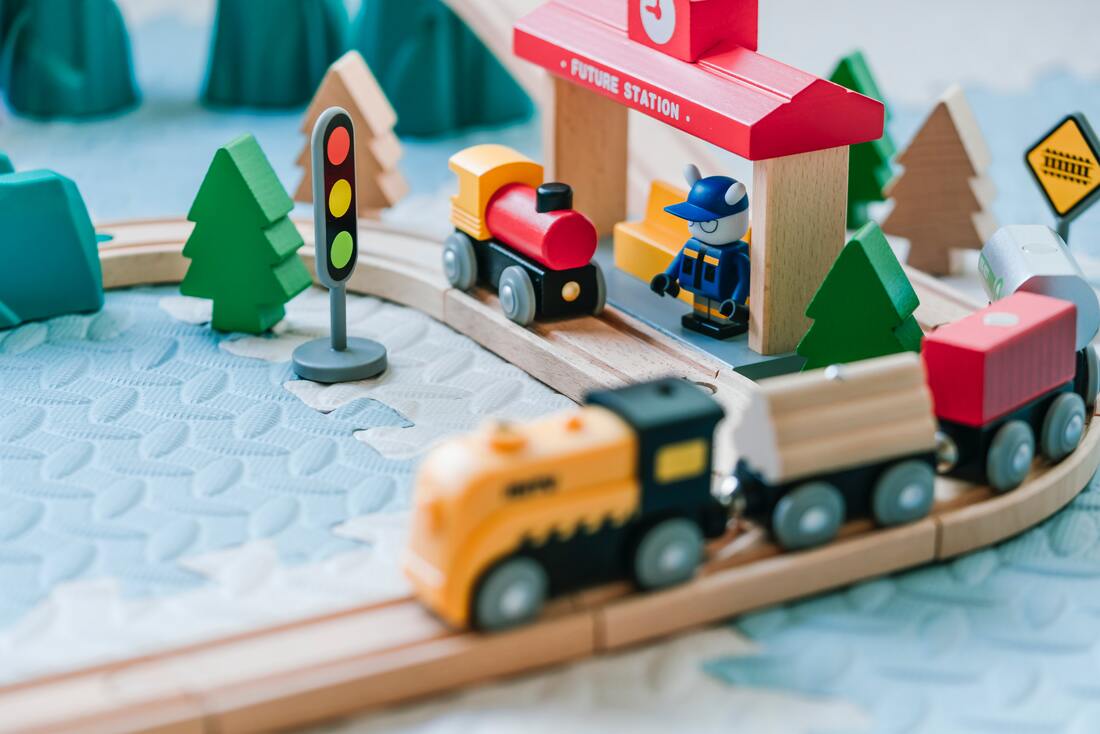|
For Child Centered Play Therapy there isn’t really any “session prep” in the traditional sense. No books, activities, topics, or materials to prepare. Preparing involves you authentically showing up as yourself - regulated, open, and willing to support the child through play, CCPT skills, and facilitative responses.
AND sometimes you might find yourself wondering if you should do more. Have a structured session. Engage in another modality of Play Therapy with a child. I would hope that most Play Therapists are prescriptive in nature, meaning you have several core theories you are trained in and during your intake process you assess what theory, modality, or combination might be right for the child that is presenting in your office. Sometimes for a client whose parents are getting divorced you might put CCPT aside for a session or two to engage in some Cognitive Behavioral Play Therapy or Bibliotherapy around the topic of divorce. The same is true for other things that may happen in a child's life like grief and loss or even a major event like the pandemic. Other times when doing trauma work you may pause the CCPT work and engage in Eye Movement Desensitization and Reprocessing (EMDR) or combine EMDR with Play Therapy. Now, Child Centered Play Therapy purists would say that this might rarely need to be done. AND sometimes in our clinical work with children the specific situation a child is presenting necessitates us to go a little (brace yourself) directive. I wanted to share with you my three tips for when you need to pause the course of Child Centered Play Therapy and engage in a more directive session: 1. Understand the purpose - what are you hoping to accomplish with a directive session or other Play Therapy modality? What are the specific goals you are hoping to achieve and what are the reasons these goals cannot be achieved with CCPT? A great example of this is a child whose parents are divorcing that may not have adequate information about what divorce means and what the process will be. It may make sense to take a session to read a book or do an activity about divorce and psychoeducation. 2. Clearly communicate the session structure - If you are going to dedicate an entire session to another modality communicate that to the child at the session prior (including the structure of the session) as well as right at the beginning of the directive session. If you are going to engage in two modalities within the same session be clear if the child will have the CCPT time at the first or last portion of the session. 3. Use a transition statement - if you are engaging in two modalities within the same session (ie a CCPT session for the first portion and a CBPT session for the last portion) use a clear transition statement that the Child Centered Play Therapy portion of the session has ended and you are beginning a new modality, technique, or theory. That might sound like “Our special playtime is over for the day, and now we are going to spend the last part of this time being in charge together and reading this book!”. This transition statement safeguards us from using directive approaches during our CCPT time. And there you have it! These are the three ways that I use when I am utilizing a different Play Therapy modality or approach with a child who has typically only had Child Centered Play Therapy Sessions! What did I miss? What other tips do you have for having a directive session with the course of Child Centered Play Therapy? Drop them in the comments below! Looking for more support in your Child Centered Play Therapy practice? Check out Child Centered Play Therapy: Troubleshooting the 13 Biggest Stuck Points!
2 Comments
4/25/2022 06:15:45 am
Ann thank you for another great article. I love sending your articles to my play therapists in training! One additional tip I find helpful is to start my very first session with a child by saying “In here sometimes you will choose what to do, sometimes I will choose what to do and sometimes we will decide together.” Then each session I can start with how the structure will flow such as you mentioned in your article. I find stating this possibility at the first session followed by stating the days structure at each session helps with any potential frustration over a change.
Reply
Ann Meehan
4/25/2022 12:03:54 pm
Hi Kelly!! Thanks for sending my resources along AND for this excellent tip!
Reply
Leave a Reply. |
Hi, there!I'm Ann Meehan, an LPCC, Loading... Archives
July 2024
Categories
All
|
Privacy Policies | Terms of Use | Disclaimer
Contact
[email protected] | Copyright Meehan Mental Health Services 2022
Contact
[email protected] | Copyright Meehan Mental Health Services 2022





